To deal with the fast-paced, ever-changing demands of the market, organizations must adopt a strategic iterations approach—low-code platforms can be just the boost they need. Creating systems for making quick changes to products or business processes and deploying new ones faster.
The thought of building applications might sound pretty hard and expensive, right? Well, low-code platforms can remove some of the barriers of traditional development by giving business users the power to develop better systems, create applications and digitally transform processes in way less time (and in a cost-effective way). Today, we’ll help you better understand low-code application platforms.
What is a low-code platform?
Let’s say your boss wants you to build a new custom application to streamline a specific process.
So you’ve 2 options:
- The traditional route with a usually more complicated development environment
- Low-code development platform
In the first scenario, you’d probably need to do some initial setup before actually developing the app (i.e., build a database, structure wireframes, set a backend server, etc.), which takes time. With low-code, those initial steps become unnecessary, and you can build the same app with fewer lines of code. This works thanks to a software development concept called “abstraction” — the practice of handling complexity by hiding redundant details.
If you’ve ever driven an automatic car, then you’ve experienced the power of this concept. Unlike stick-shift cars, where you’ve to manually change gears, an automatic transmission gets rid of that complexity and helps you drive without worrying about the backend operations.
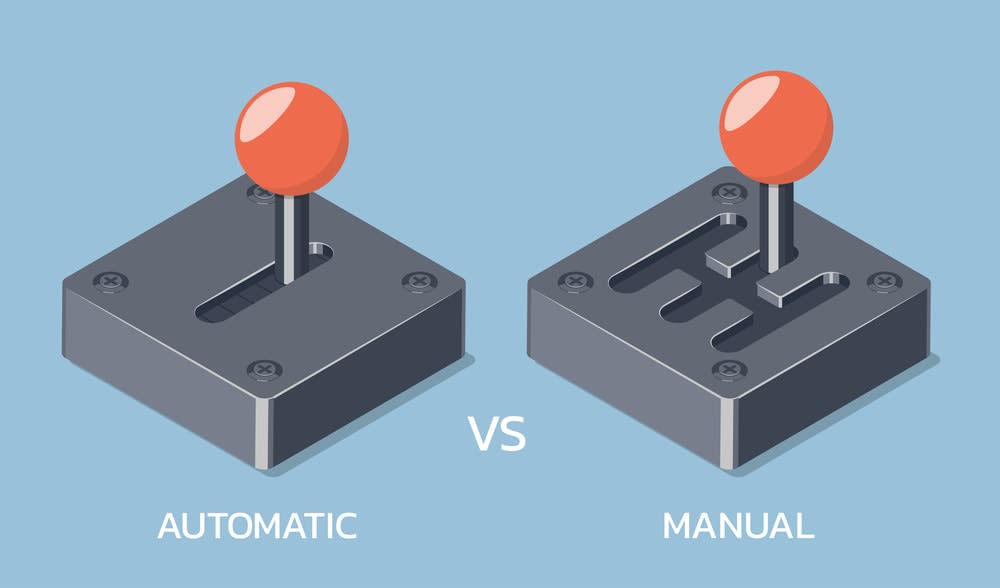
The same way, low-code platforms help you build apps on already abstracted layers, which speed up the process. Instead of writing code line by line, you “draw” them in a flowchart. It’s like having a bunch of LEGO bricks you can assemble at will to build exactly what you want.
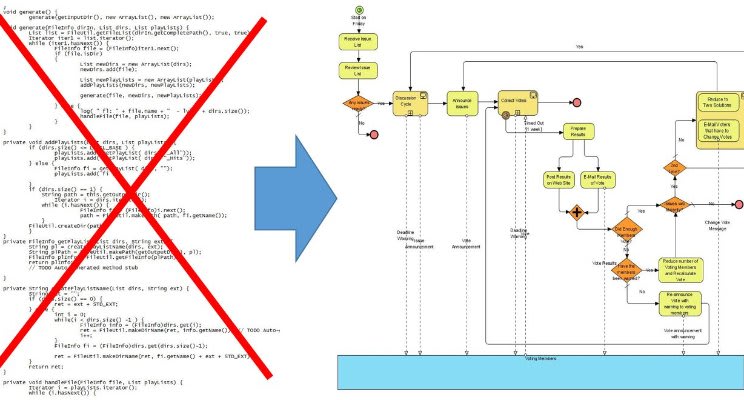
Some of the main features of low-code platforms include:
- Intuitive visual builder: you can build apps with a graphical user interface.
- Ready-to-use code snippets: every object is reusable, so you can build new apps faster.
- Form and report templates: build new forms and reports without writing a single line of code.
- Pre-built integrations: seamlessly integrate software you already use to centralize information.
- Open APIs: get access to internal functionality of specific software to build new interactions.
And many more.
We’ll deepen on what low-code looks like in the real world a bit later, but first, let’s discuss the benefits of using this type of platform.
The benefits of using low-code
Some of the main benefits of low-code for your development process are:
- Fast implementation: build new apps in days, not weeks or months.
- Cost-effective: get rid of the costs involved with creating frameworks and databases.
- Ease of use: build functional apps with minimal code debt.
- Accessibility: get anywhere, anytime access to your apps.
- Scalability: low-code platforms provide you with a smooth upgrading path.
These benefits are some of the reasons the low-code market is expected to reach $187 billion by 2030.
An even more surprising study predicts that, by 2024, roughly 75% of enterprise-level organizations will have adopted low-code platforms for application development.
What’s the difference between low-code and no-code?
People often confuse low-code with no-code or use the two terms interchangeably. Sure, in a lot of ways, these 2 concepts are pretty similar (i.e., both approaches provide a visual environment for business app creation), but each serves a different goal.
The main difference lies in the end-user. As the name suggests, no-code platforms allow users to build new apps with the help of drag-and-drop features — no custom code required. Low-code platforms, on the other hand, do require some coding but make it easier for development teams to deploy new apps through abstraction and scalable app architecture.
In short, no-code is designed with the non-technical user in mind, whereas low-code approaches app development from a software engineering perspective.
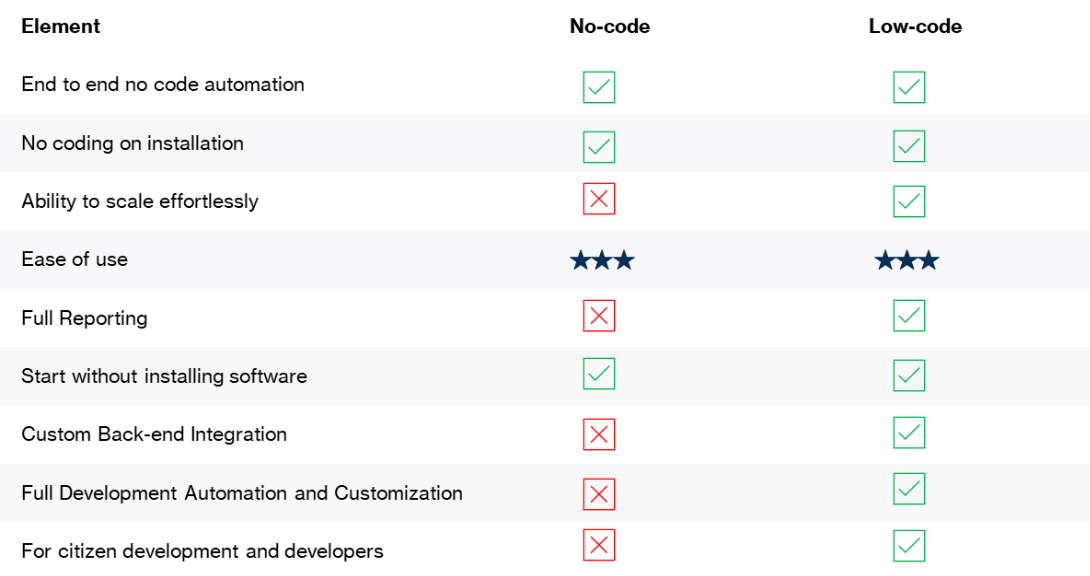
To dig deeper into the differences between low-code and no-code, we suggest you read our comprehensive guide here.
A low-code platform at a glance
Now that you understand what low-code is, let’s take a closer look at what a low-code platform really looks like in the real world.
Some of the main elements of low-code include:
1. Workflow automation
One of the main objectives of low-code is to reduce the risk of error as much as possible. That’s why any functional low-code platform must help you automate repetitive actions to streamline your processes. For example, with monday.com’s low-code platform, you get access to an automation center where you can build custom recipes.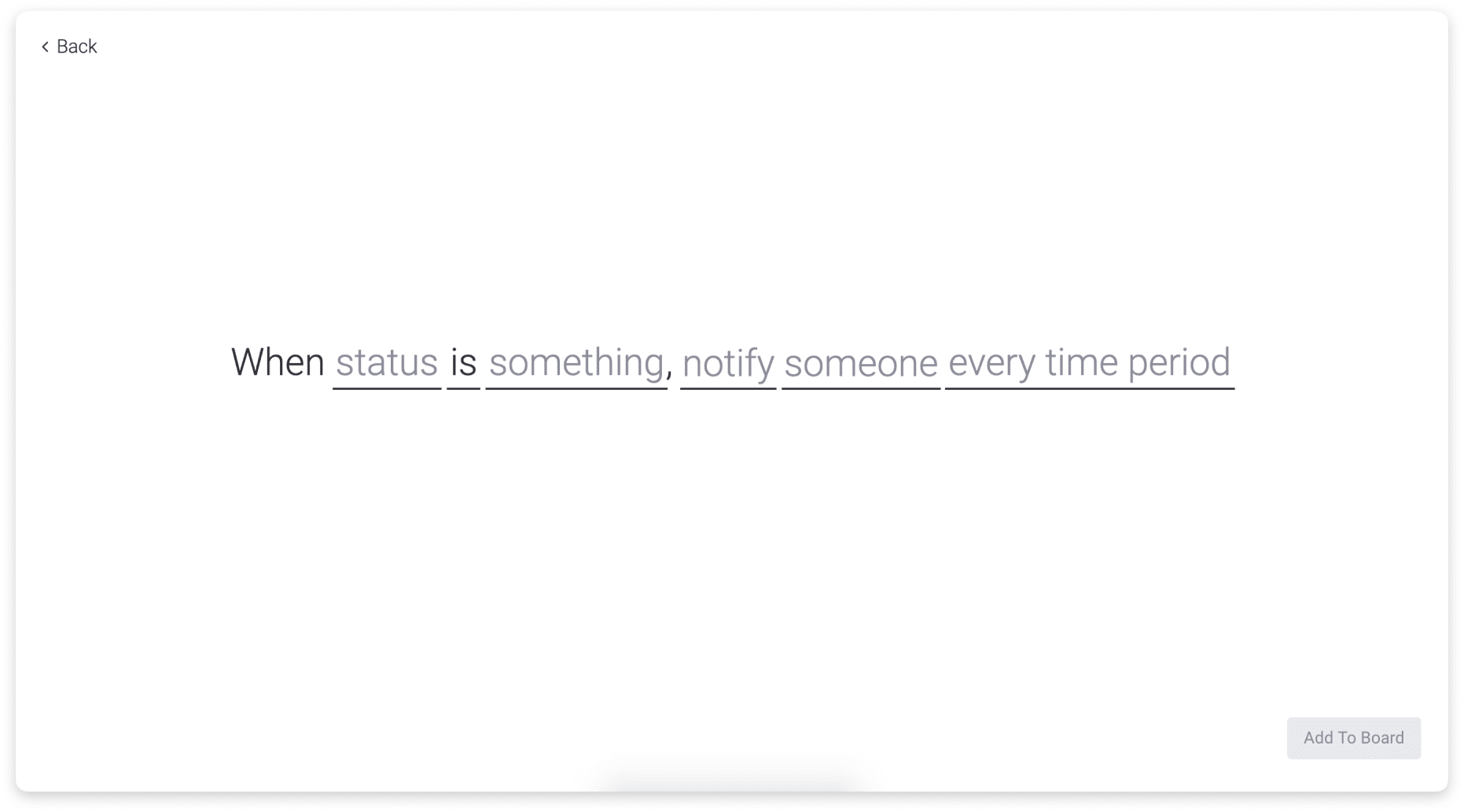
Currently, you can automate up to 250,000 human actions, which makes it easier to streamline your workflows and save time.
Here’s a quick overview of everything you can automate with monday.com:
2. Visual modeling tools and drag-and-drop functionality
As we stated earlier, low-code platforms help you build enterprise applications through visual means. Instead of using a traditional programming language that only professional developers are fluent in, you can simply drag and drop elements to build exactly what you want. For instance, at monday.com, we provide you with 20+ dashboard widgets, 40+ integrations, and more than 30 column types. All of them come with built-in drag-and-drop functionality so you can structure new processes with ease.

The best part?
With our Apps Framework, you can develop custom “building blocks” to perform any action you need. From single-purpose apps to complete workflow solutions, we’ve got your back. If our default features aren’t enough, you can design your own with ease.
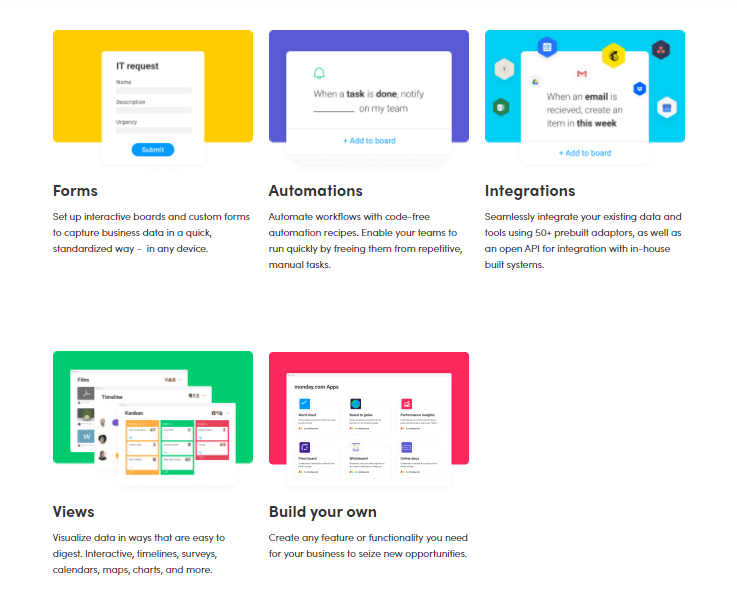
To get a more thorough understanding of our Apps Framework, we suggest you check out this guide.
3. Enterprise-level security
No matter how simple or functional a low-code platform is, if it can’t get your data protected and secure, it’s useless — especially nowadays. Since COVID-19, cybercrime has increased by 300%. An even more shocking study predicts that by the end of 2021, the cost of global cybercrime will rise to $6 trillion. With this increasing volume of cyberattacks, any effective low-code platform must provide you with enterprise-level security standards.
At monday.com, for example, we have passed some of the most rigorous security standards, including ISO/IEC 27001:2013.
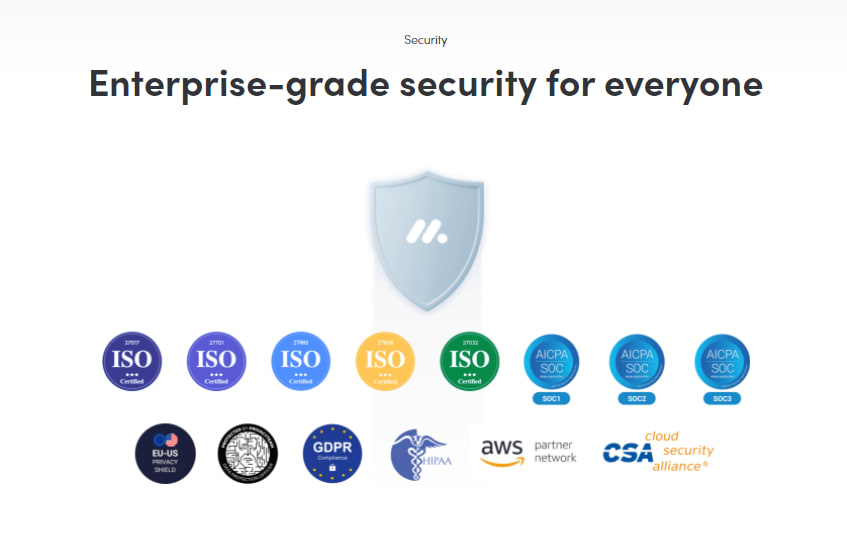
Some organizations have used monday.com to build airplanes and medical clinics. Our platform isn’t only easy-to-use, but also secure.
4. A smooth growth path
Great low-code platforms are a bit like spandex leggings: they stretch out as much as you need. Whether you’re a “team of one” or a large corporation with hundreds of users, a low-code platform must handle the volume. In other words, rapid application development isn’t enough. To be exceptional, low-code platforms must be flexible too.
For instance, with monday.com, you can start with as low as 3 team members (we call them “seats”) and grow your way up to 200+. This way, you can be sure you’ll always have a smooth growing path.
5. Powerful reporting
Low-code doesn’t just help you build more apps, but better ones. By monitoring how your apps are working and how they support your operations, you can improve the way you work and optimize resource allocation. For example, monday.com is data-driven from the start. You get access to different data visualizations and dashboard widgets to track the numbers that matter to you and measure the performance of other apps.

These features help you keep a close eye on your numbers and adopt a philosophy of continuous improvement.
6. Communication
Finally, low-code fosters collaboration. Even though low-code platforms don’t necessarily have standalone communication channels, they should offer, at least, built-in messaging to add context to your items and get work done more efficiently. For instance, with monday.com you can bring in as many users as you need and access features like file sharing and instant messaging to communicate faster.
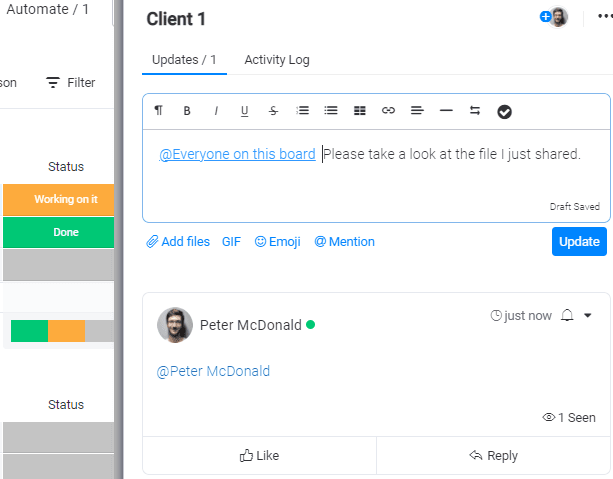
Here’s a quick overview of our collaboration features:
How to choose the right low-code platform
We’ve already covered some of the essentials of any effective low-code platform and how monday.com approaches each of those areas. Now you’re probably wondering: is monday.com the right low-code platform for me? It really depends on what you’re looking for, your budget, and even your taste in digital workspaces.
To help you make a better decision, let’s start with the basics…
What’s monday.com?
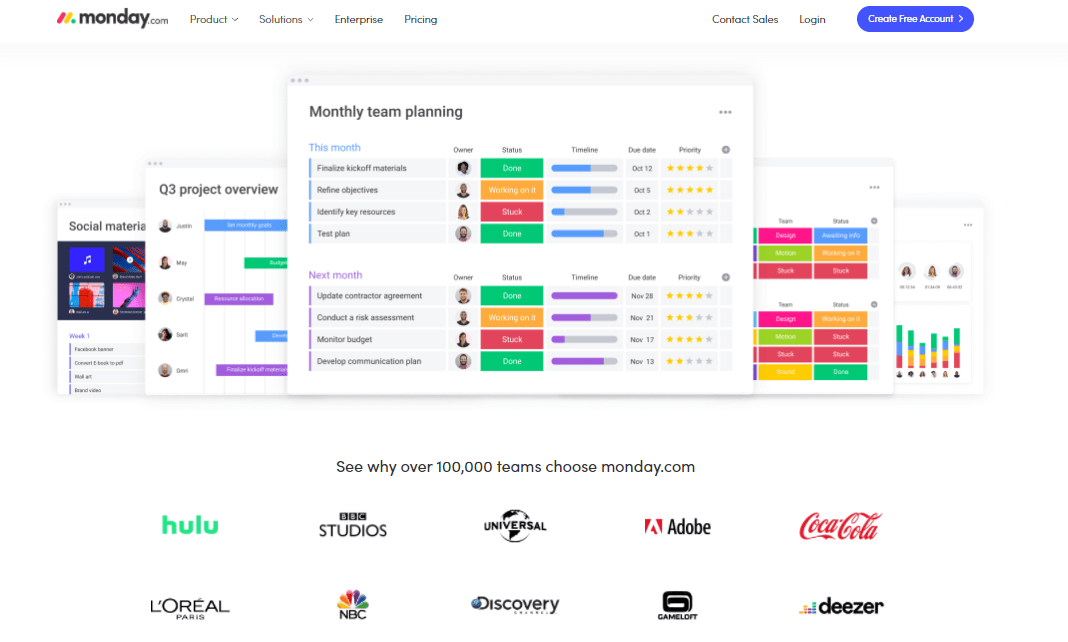
monday.com isn’t just a low-code/no-code system — our platform is more like a digital lab where you can experiment and bring to life any business application, workflow, and process you can imagine. With automations, integrations, widgets, columns, and many other building block types, you can design an environment that’ll forecast your team’s creativity and help you work more efficiently. From simple to complex applications, monday.com helps you build them with ease.
Apps Framework
As we stated a bit earlier, our Apps Framework allows you to develop new types of building blocks on top of monday.com.
In short, you can build:
- Private apps: for internal use and exclusive to your account.
- Public apps: to share them with the monday.com community (you can make them publicly available or sell them in our apps marketplace).
To get a more thorough understanding of how monday.com’s Apps Framework works, please visit this guide.
Now you know what low-code is all about
Low-code platforms make it easier for teams to adapt to the fast-paced environment we live in.
Whether you’re an individual standardizing processes for clients or a team trying to cut costs and increase efficiency, the right low-code platform will help you achieve it.And with the help of monday.com’s Work OS, now you can create apps and improve operations much faster. To start, we suggest you take a look at monday.com’s Apps Framework and see how simple it is.
